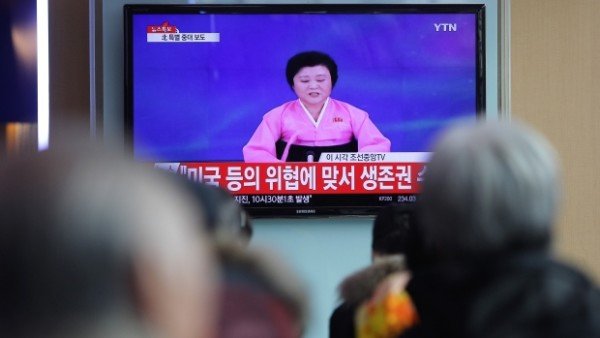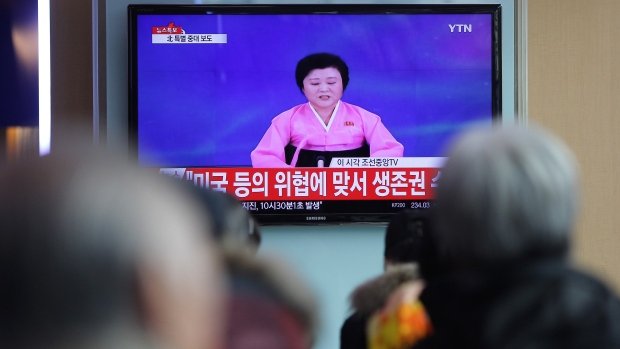North Korea claims it has successfully tested a miniaturized hydrogen bomb which, if confirmed, would be its fourth nuclear test since 2006.
It came after a 5.1-magnitude quake was detected close to its nuclear test site at Punggye-ri, indicating a test may have been conducted.
This is North Korea’s first claim to have tested a H-bomb – more powerful than an atomic bomb.
International experts have cast doubt over North Korea’s nuclear capabilities.
Suspicion of an underground test was first raised after the US Geological Survey said the epicenter of the quake – detected at 10:00 Pyongyang time – was in the north-east of the country, some 30 miles from Kilju city, near Punggye-ri.
Then in a surprise announcement, a newsreader on North Korean state TV said: “The republic’s first hydrogen bomb test has been successfully performed at 10:00 am on January 6, 2016.”
It could be days or weeks before independent tests are able to verify the claim.
In December 2015, North Korean leader Kim Jong-un said Pyongyang had developed a hydrogen bomb, although many experts were skeptical.
Hours before the seismic activity, South Korean media reported that Pyongyang had test-fired a ballistic missile from a submarine in late December. It is unclear whether the test was successful or not.
In May 2015, North Korea claimed it had successfully launched a missile from a submarine.
Strong reaction started pouring in after the North Korean announcement of the hydrogen bomb test, with South Korea saying it was a serious challenge to global peace and a violation of UN Security Council resolutions.
Japan’s PM Shinzo Abe said it was a threat to Japan’s safety and could not be tolerated.
The US called on North Korea to abide by its international commitments and obligations saying it would respond to provocations.
After previous tests, the international community has responded with economic and political sanctions.
https://www.youtube.com/watch?v=2iKzYlfOnK8
